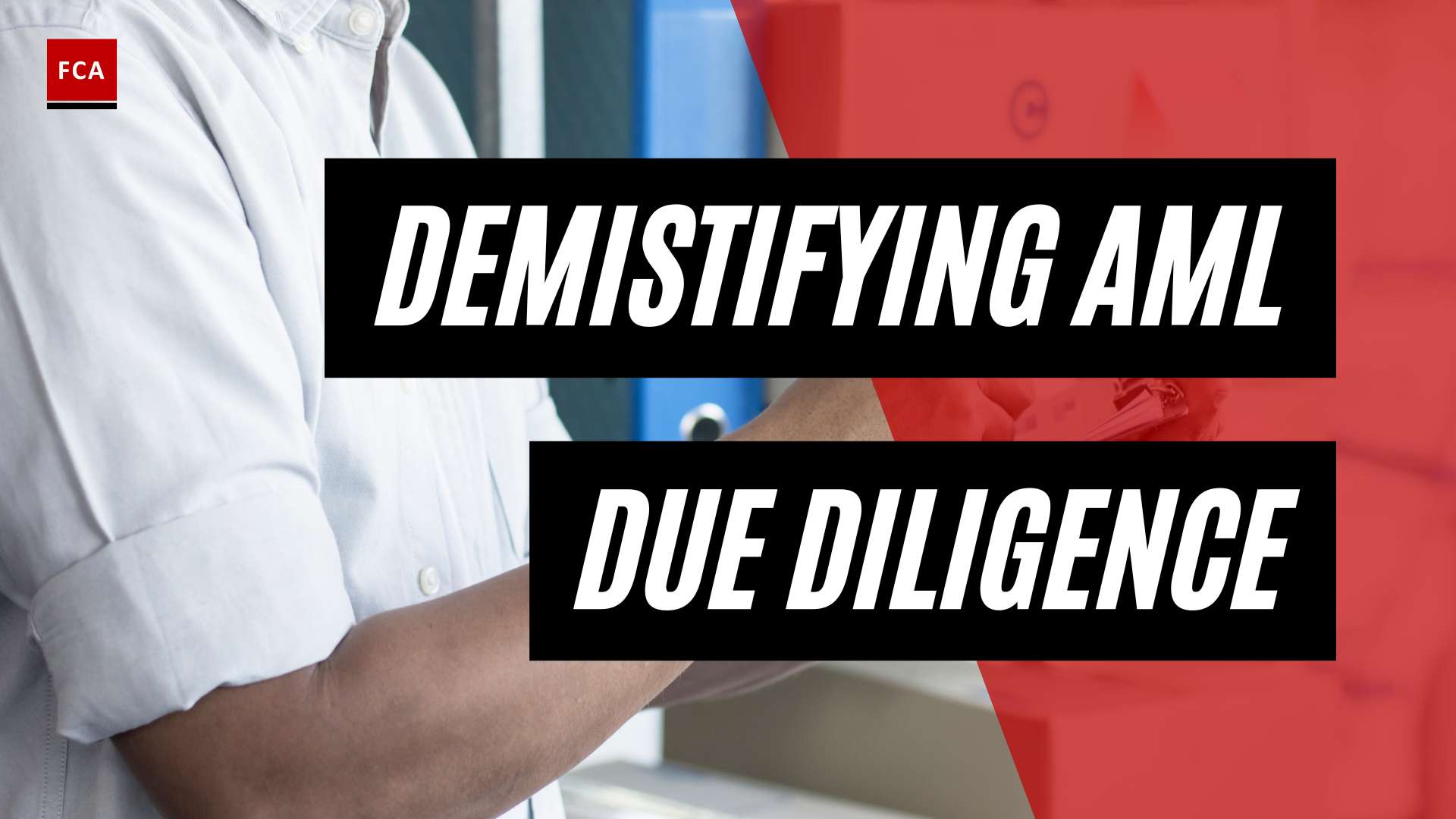Money laundering cryptocurrency, with its unique blend of anonymity and global reach, presents an unprecedented challenge for law enforcement and regulatory bodies striving to maintain the integrity of financial systems. Each day our world appears to become faster and more and more complex.
The methods used by money launderers become more sophisticated and the financial transactions more difficult this goes especially for using cryptocurrencies for money laundering purposes. There is no specific or single methodology for money laundering. As in many other subject areas, a theoretical model was built to cover as many money laundering methodologies as possible conceptually.

Money Laundering Cryptocurrency: The 3 Stages Of Cryptocurrency Money Laundering
In the case of money laundering, this model was derived from money laundering methodologies that have been uncovered by law enforcement and government authorities. In practice, and despite the variety of methods employed, the laundering process is accomplished in three basic stages of this model. These steps can be taken simultaneously in the course of a single transaction, but they can also appear in well separable forms one by one. These three stages are placement, integration, and layering. The same concepts that apply to money laundering using cash apply to money laundering using cryptocurrencies.
The first stage of the cryptocurrency money laundering stage is the placement stage. During placement, illicit funds are placed into the legitimate financial system. The illegal funds may be present in two different forms.
- First of all, it can already exist in the form of cryptocurrencies. For example, if the criminal sells drugs and narcotics online and gets paid in cryptocurrencies right away.
- Secondly, illicit cash can also exist in fiat currency, which is then used to purchase cryptocurrencies. Either way, the placement stage establishes the circumstance that a criminal has cryptocurrencies of an illegal origin available on a wallet.
The second stage of the cryptocurrency money laundering stage is the layering or hiding stage. In this stage, the criminal facilitates crypto transactions to disguise the illegal origin of the funds. By its nature, money laundering with cryptocurrencies leans hard on the fact that transactions made in cryptocurrencies are pseudonymous. It is already at the placement stage when the criminal holds the illicit proceeds in the form of cryptocurrencies that he has a certain degree of anonymity.
However, criminals often use additional means of anonymizing to disguise the funds’ illegal origin further, breaking the links between different transactions. In relation to this, theoretically, crypto transactions can be traced back by following the blockchain. Each block, representing a transaction, contains information about the previous transaction.
There are many ways criminals can establish layers between different blockchain transactions, which can be accomplished on regular crypto exchanges or by participating in an Initial Coin Offering, where criminals can use one type of coin to pay for another. By doing so, they can further obfuscate the digital currency’s origin.
Why some exchanges, especially illicit exchanges, provide a good opportunity for criminals to layer the illegal origin of the crypto funds. Legitimate exchanges follow regulatory requirements for identification, verification, and sourcing of funds and are compliant with applicable laws and regulations. Not that exchanges aren’t putting in the effort, but they are not as compliant. It falls to their ongoing struggle to meet compliance regulations with sub-par tools. This vulnerability is where most transactions related to Bitcoin money laundering take place.
Regulated exchanges are required to apply so-called Know Your Customer policies and protocols, allowing for matching transaction data to the corresponding customer, thereby breaking the anonymity of each transaction. Suppose exchanges are struggling to do so or are, by nature, even completely unregulated and illicit exchanges. In that case, there is no way to establish the identity of the owner of a wallet. By these means, it’s virtually impossible to trace back a transaction to an individual.
The third stage of the cryptocurrency money laundering stage is the integration stage. Suppose the criminal feels confident enough that it is impossible to trace back the dirty currency to the criminal’s activity. In that case, he seeks to use the funds for legitimate purposes, such as buying luxury cars, real estate, or jewelry. However, although the currency is no longer directly tied to a crime, criminals and money launderers still need a way to explain how they came into possession of the currency. Integration is that explanation.
A simple method of legitimizing illicit income is to present it as the result of a profitable venture or other currency appreciation, which can be very hard to disprove in a market when the value of any given coin can change by the second. Unlike how an offshore fiat currency bank account can be used to launder dirty money, an online company that accepts Bitcoin payments can be created to legitimize income and transform dirty cryptocurrency into clean, legal money.
Final Thoughts
The rapid evolution of the digital landscape is continuously giving rise to new ways of conducting financial transactions, and while this advancement is mostly beneficial, it also serves as a tool for individuals with ill intent, such as money launderers. The use of cryptocurrencies in money laundering activities, due to their inherent pseudo-anonymity, presents a significant challenge for law enforcement agencies. These operations are often carried out in three stages: placement, layering, and integration, each leveraging the unique features of cryptocurrencies to conceal illicit funds’ origins.
The global nature of the crypto market, the pseudonymous transactions, and the capacity for rapid, large-scale movements of funds make it a favored avenue for laundering money. While regulated exchanges strive to implement Know Your Customer (KYC) protocols, illicit and unregulated exchanges pose a significant risk. It is crucial for continuous advancements in technology, regulatory frameworks, and international cooperation to address these challenges effectively. The ingenuity of criminals should never be underestimated, but the efforts to curb their actions must persist.








